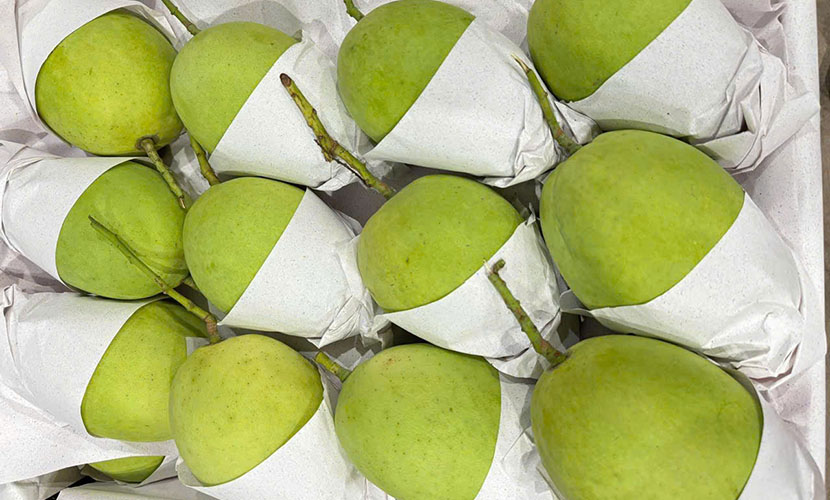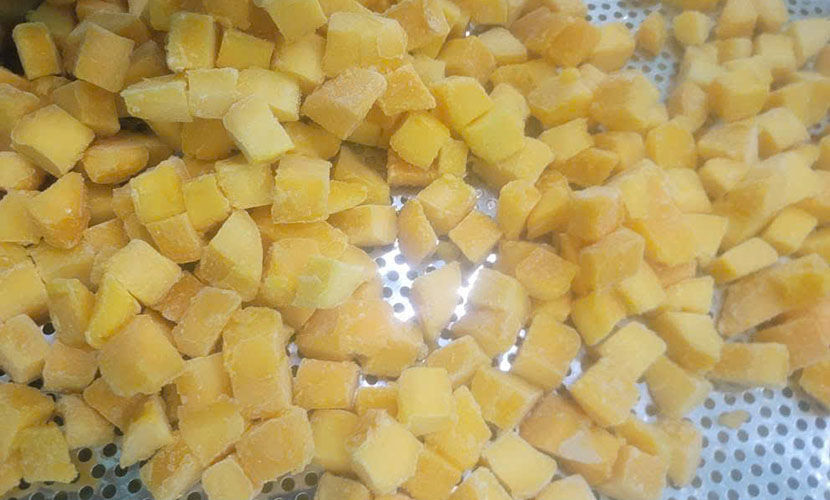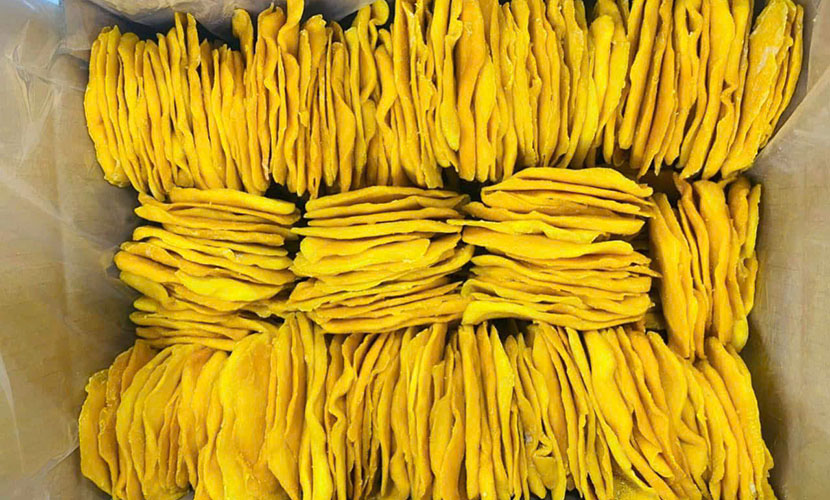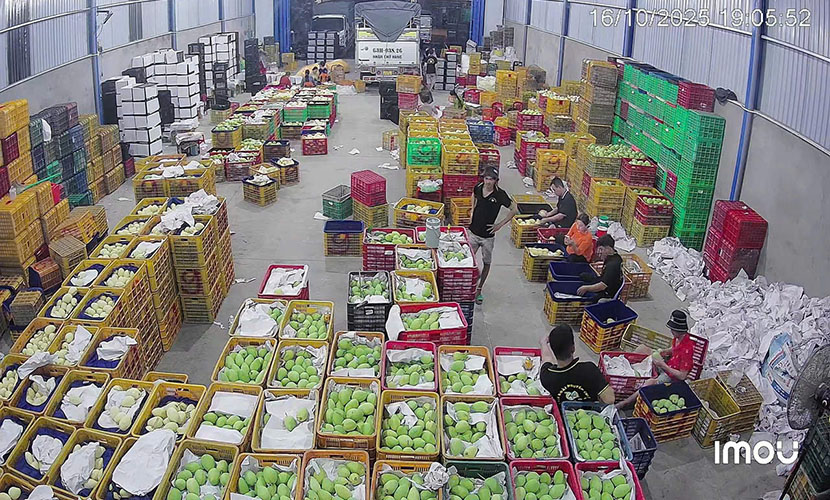
The potential of Vietnamese mango exports remains vast. However, complying with the requirements of the import market and promoting the product are tasks that businesses must undertake.
Vietnam has become the 13th largest mango exporter in the world. Vietnamese mangoes have been available to 40 countries, with China accounting for nearly 84.6% of the total. Other major markets include Russia, the United States, South Korea, the EU, Australia, and Japan. However, Vietnam’s mango export turnover currently accounts for just over 1% of the global total.

Vietnam’s mango
With global economic development, it is essential to expand markets for Vietnamese mango exports. Also, strengthening trade relations with international partners is crucial. At the same time, compliance with the phytosanitary regulations of export markets is very important.
A basic requirement for fresh fruit is a phytosanitary certificate issued by a competent authority. Most importantly, the shipments must be free from quarantine pests. Some import markets require only these basic conditions, including countries in the Middle East, Eastern Europe, ASEAN, and Canada.
To meet importer requirements, growers or packing facilities must register for planting area codes or packing facility codes. These codes can be registered voluntarily and then evaluated by the Plant Protection Department. The department serves as the basis for issuing, maintaining, or reinstating the codes.

Frozen mango from Vietnam
“A prerequisite for Vietnamese mango exports are traceability. In the Mekong Delta alone, nearly 300 planting area codes have already been issued for export purposes,” one expert added.
Another expert said that Chinese importers are now setting very high food safety requirements. Enterprises must have food safety management systems equivalent to HACCP standards.
Speaking about one of the world’s most demanding markets, this expert noted that the EU is a very promising market. In 2022, the EU spent $35 billion on fruit imports, including 500,000 to 600,000 tons of mangoes. However, its main suppliers are Africa and South America. In the meanwhile, mangoes from Vietnam and Asia in general account for a very small proportion.
Despite tariff advantages, Vietnamese mangoes have not penetrated deeply into the EU mass market. Long transport distances lead to high costs, long transit times, and quality issues. Air freight is very expensive, making large-scale transport difficult.

Dried mango from Vietnam
In terms of quarantine, the EU imposes extremely strict food safety standards and pesticide residue limits. Additionally, the market now requires safety certifications and adherence to environmental and social standards. Especially, they are significantly more stringent than in the past.
Vietnam’s mangoes have strong potential in the EU market, with the Netherlands being the largest importer. Therefore, Vietnamese businesses should focus on developing premium mangoes for the Asian communities in Europe.
At the same time, efforts should be made to promote and raise awareness of Vietnamese mangoes. “Currently, I have not seen any significant media or promotional information about Vietnamese mangoes in the European market,” he said.
In 2015, Japan approved the import of fresh Vietnamese mangoes. After years of exports, many Japanese consumers now recognize Vietnam’s Cat Chu mango. This variety is aromatic, transitions from green to yellow skin, shaped like a teardrop, and has a high sugar content.

A factory of Vietnam’s mango
However, the market share of Vietnamese mangoes in Japan remains modest. Moreover, Vietnamese mangoes are sold at around 370 yen/kg (over VND 600,000/kg). They are only half the price of Thai mangoes at 765 yen/kg.
Mr. Minh, Vietnam’s Trade Counsellor in Japan, observed that Vietnam has many opportunities to expand fresh mango exports to Japan. Currently, only the Cat Chu variety has received the appoval for import. However, in the future, Vietnam could negotiate to export other varieties. The E2R2 mango (an Australian variety) is particularly suitable to Japanese consumers’ preferences.
Offering advice to exporters, Mr. Minh noted that Japanese importers prioritize price stability and consistent supply. This market also demands high standards for product quality and food safety.
Therefore, Vietnamese enterprises must implement integrated processes. They include cultivation, processing, preservation, and transport to export. All steps aim to strictly control quality, ensure food safety, enable traceability, and maintain freshness. Only by doing so can they preserve product quality, protect the brand, and secure their position in the market.
Vietnamese source: https://trungtamwto.vn/tin-tuc/23319-xuat-khau-xoai-doanh-nghiep-can-luu-y-gi
